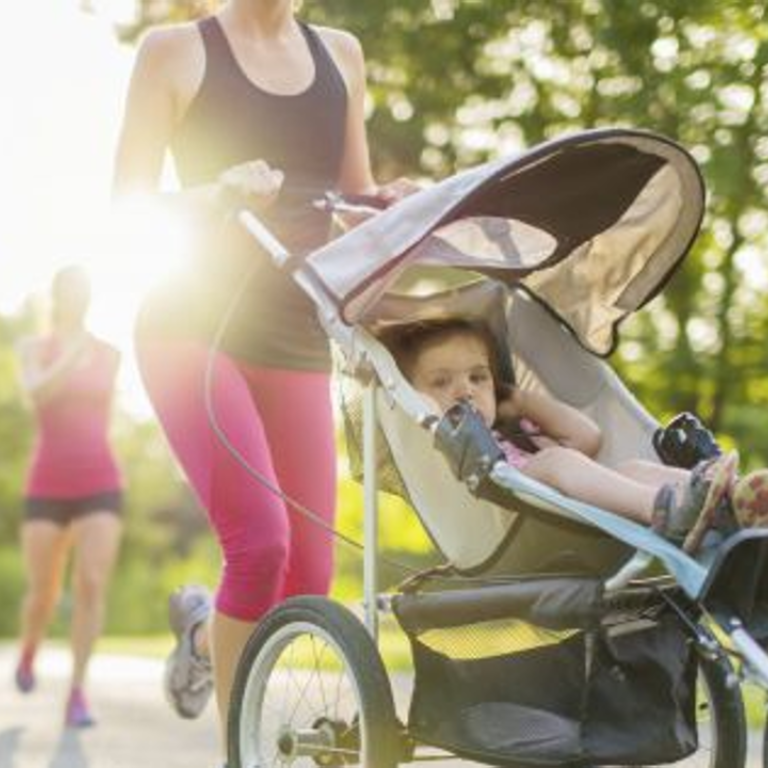
Ready, get set, run!
Why run the same old 5km route when a themed race offers so much more excitement? We ask the experts to share tips on how to tackle different types of races.
BY EVELINE GAN
THEMED RACES
Themed runs, like the Star Wars Run on May 6 in Singapore, are fun if you love to play dress-up. But don’t count on completing it in record-breaking time, especially if you’re running in a heavy Chewbacca costume. Most costumes are not designed with running, heavy breathing and perspiration in mind, said Dr Edwin Chong, head of Sport Physiology at Singapore Sports Institute, Sport Singapore.
“The additional weight may create more air drag (resistance), restrict mobility and potentially cause some discomfort and chafing too. You will also sweat a lot more than usual even if you are running slowly,” he warned.
“However, as long as you don’t take the run too seriously, you can still have fun racing in a costume.”
Tips from Dr Chong
Do a test run in your costume before the event.
Cool your core body temperature by submerging yourself in a cold bath before a run; this buffers against heat stroke.
Practise proper pacing; slow down your run when you are feeling too warm. If you are wearing headgear or a mask, remove it and find a shady area to rest.
Avoid thick-faux fur bodysuits or full-body latex costumes that trap heat. If possible, opt for costumes made of fabric such as polyester or Lycra.
RUNNING WITH THE KIDS
Like adults, children can get injured if their running training progresses too fast or if they don’t have enough rest between runs, said Dr Chong.
There is no universal recommendation on when children can start long-distance running, as every child develops and matures differently, he said.
“Usually, children are ready to start running longer distances, like 5km, between the ages of eights and 10. Note that the child’s development and desire to run matter more than his or her actual age,” he added.
Tips from Dr Chong
Encourage your child to be active and to enjoy outdoor play. Young children who play outdoors for several hours daily will be better prepared for a race than sedentary children undergoing daily one-hour instructed practices.
Use common sense when preparing your child for distance running: Balance cross training — for example, have a mix of swimming, cycling, running — with plenty of rest to allow joints and bones to recover.
VERTICAL MARATHONS
Compared to jogging or walking, an intense stair-climbing workout will burn more calories in a shorter amount of time. Running up stairs for 30 minutes burns over 400 calories while jogging burns about 300 calories in the same period. This weight-bearing exercise engages your muscles to lift your body weight, helping you build bone strength.
A vertical marathon can be hard on the front of the knees and sacroiliac joint (in the lower back), said running injury specialist and physiotherapist Bevan Colless from Singapore Physio. Avoid vertical marathons if you have a history of problems in the gluteal muscles (located on the buttocks) or the pelvis, or if you are pregnant. Climbing stairs tends to be easier on the hamstrings, the group of muscles along the back of your thigh, so it can be a great form of rehabilitation for people with hamstring muscle strains, said Mr Colless.
Tips from Mr Colless:
To prepare for your vertical race, do lots of one-legged mini squats and balance training.
Run at a high cadence — the number of steps each foot takes for a given period of time. Aim for 170 steps per minute.
Refrain from starting too fast as injury risk increases once muscles are completely fatigued.
NIGHT RUNS
Will running nearer to bedtime affect your performance? No, say experts. According to Dr Chong, endurance performance has been shown to be affected only after 24 hours of sleep deprivation.
Running later in the day may boost performance, due to the body’s natural circadian rhythm. Dr Chong said testosterone level and core body temperature peak in the late afternoons and early evenings, which optimises joint mobility, glucose metabolism and blood flow to muscles.
However, note that humidity in Singapore can get very high in the evenings, and even reach up to 95 to 100 per cent around dawn. This affects your body’s ability to dissipate heat produced during exercise, putting you at risk of heat cramps, heat exhaustion and heat stroke, said Dr Chong.
Tips from Dr Chong
Do trial runs at the designated race area to simulate race conditions. This gives you an idea of how much fluid you will need and how to schedule your meals.
Conserve energy by napping or relaxing. Try to sleep in on the day of the race and try to get a 20-minute afternoon power nap.
Have a low-fat dinner at around 5pm, consisting mainly of carbohydrates and a little protein. Snack at 8pm or 9pm and stay hydrated.
A WORD OF CAUTION
According to physiotherapist Bevan Colless, one of the biggest risk runners in Singapore face are heat-related conditions, like heat stroke, which can be fatal.
“Care should be taken to reduce exercise intensity when exercising in the middle of the day. You should try to work out in cooler environments,” Mr Colless said.
Seek medical advice, start slow and increase your running distance gradually if you are resuming running after a serious illness or injury, or have never run before.
The information in this article is provided as an information resource only, and is not to be used for any diagnostic or treatment purposes.





